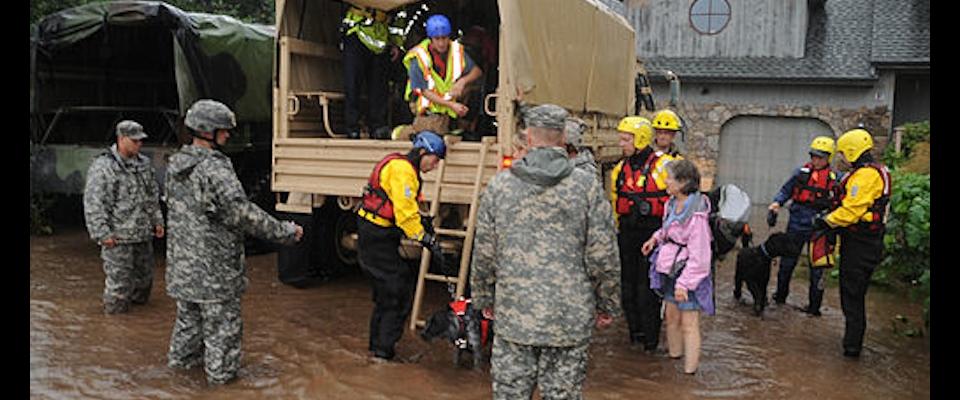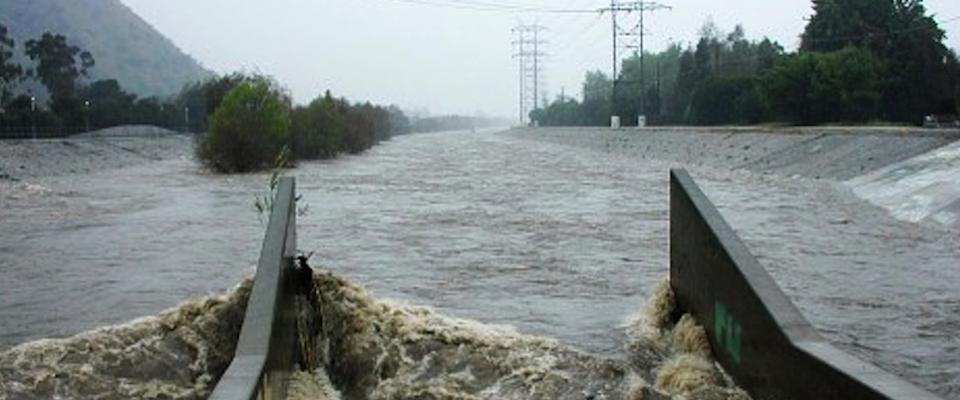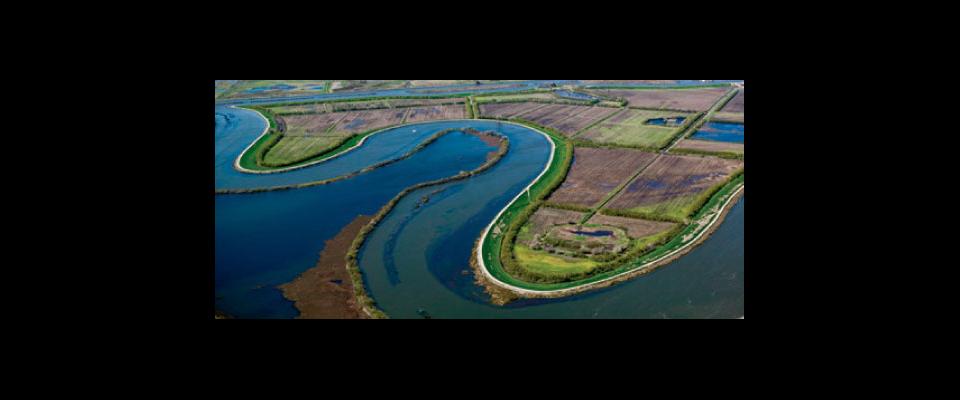The flooding in Boulder, Colorado, seems to strain the capacity for hyperbole reserved for natural disasters, though journalists and bloggers continue to grope for appropriately hair-raising adjectives. Still, the event was not completely unexpected. Boulder’s propinquity to creeks that drain large watersheds off the Rocky Mountain Front has always made the city something of a target, and everyone from state engineers to town residents were aware of the fact.
But by any estimation, the recent inundations were about as close to a worst-case scenario as you can get. So how do you plan and prepare for such a disastrous flood?
To a significant degree you can’t, says UC Berkeley hydrologist and assistant professor of civil and environmental engineering Sally Thompson. Jury rigging infrastructure and zoning plans in an attempt to withstand such deluges is a futile exercise—they simply won’t be up to the challenge.
“Boulder wasn’t a one-in-a-hundred-years event. It was a one-in-a-thousand years event. Rainfall events like that are simply off the charts,” Thompson tells us. “There’s no way to accurately assess risk for these kinds of situations. Rainfall data in Colorado only goes back 150 years at the most. And beyond the one-in-a-hundred-years event, you start losing confidence. You could ask me what a one-in-a-thousand-years flood looks like for California—even a one-in-five-hundred-years flood—and I could give you something. But it would be extrapolation. I wouldn’t have a lot of confidence in the numbers.”
Boulder re-enforced lessons that have been drummed into people before: the folly of building on flood plains, for example. But, Thompson points out, development that already exists—well, it already exists. The likelihood of removing shopping malls and housing tracts from areas where they have sat for years or decades is extremely remote, flood risk notwithstanding.
“My suspicion is that once there is development in a floodplain, it is irreversible,” she says.
In fact, the factors conducive to flooding can also encourage development. “The main reason that Boulder is such a beautiful city, such a pleasant place to live, is that you have all those creeks running through town,” she observes. “People knew about the flood hazards. They still wanted to live there.”
Rationally addressing flood risk can thus be a matter of accommodating that risk rather than eliminating it, Thompson says—for the simple fact that it can’t be eliminated.
“Any development in a flood plain will face flood hazards, and these hazards are never static,” she explains. “Say you have a planning map that accurately assessed risks when it was made. But in 10 years, maybe some bypasses lost some of their capacity, or there was upstream development that changed some of the regional hydrology. You’re never going to have a perfect snapshot of the risk—you just know it is there to one degree or another. So pragmatic risk assessment involves accepting some risk as a trade-off if you want to live in a place that appeals to you.”
That said, some cities are finding innovative and effective ways to reduce floods—and they generally involve incorporating open space as flood control infrastructure. Napa is one such example: The city uses bypasses and restored tidal wetlands to divert and disperse flood waters away from developed areas.
“Phoenix has also done some impressive things,” Thompson says. “They don’t get much rain there, of course, but when they do get it they can see some very serious flash flooding. So the city has incorporated gullies and washes in and around town as both flood bypasses and city greenspace.”
Ultimately, though, good infrastructure is only half of the solution. The other half, says Thompson, is building social resilience. In other words, we have to learn to cope and adapt. That involves comprehensive insurance programs, functional early warning systems, effective response teams, and adequate government follow-through.
“Look at New York in the aftermath of superstorm Sandy,” Thompson said. “It was a terrible event, but the city came through pretty well. The population had experience with catastrophic events with 9-11. To a large degree, people knew what to expect and they pulled together. The economic capacity existed to take them through the crisis. And I think the same thing will be true of Boulder. It’s a prosperous, cohesive community. It will bounce back. So the social component of successful disaster recovery can’t be minimized.”
Conversely, Thompson says, “communities that are impoverished are at particular risk from floods because they don’t have the social capacity for adequate recovery. A good example is the poor farming communities of the San Joaquin Valley, another area prone to flooding. In a bad flood, they may never recover.”
Climate change may add another burden to flood -prone communities—particularly in California. Some parts of California, at least.
“It’s complicated,” Thompson notes. “But research indicates changes in the (Sierra) snow line could result in generally smaller snow packs, which could reduce the overall risk of catastrophic spring flooding. On the other hand, it also seems like the general trend in precipitation is toward greater variability—more droughts, and more events of intense rainfall. When those events occur, it could increase the flood risk for some (watersheds) from 5 to 10 percent.”
From the Web Exclusive issue of California.





















